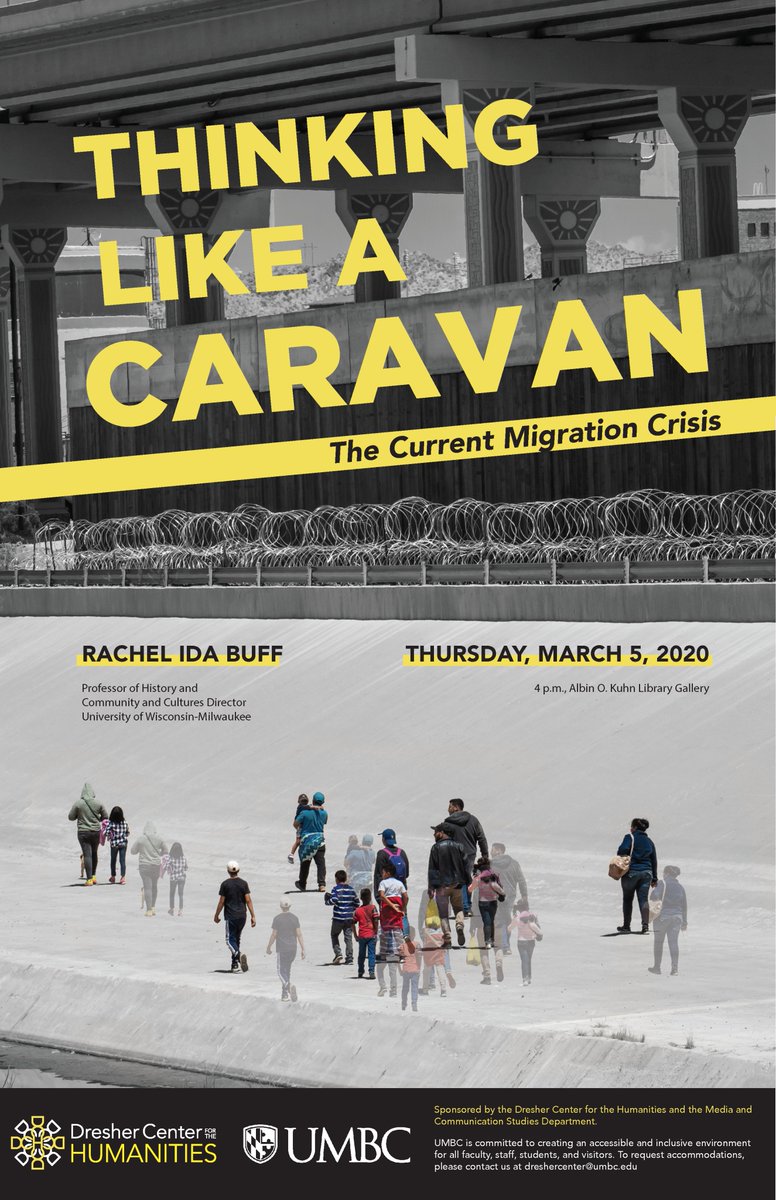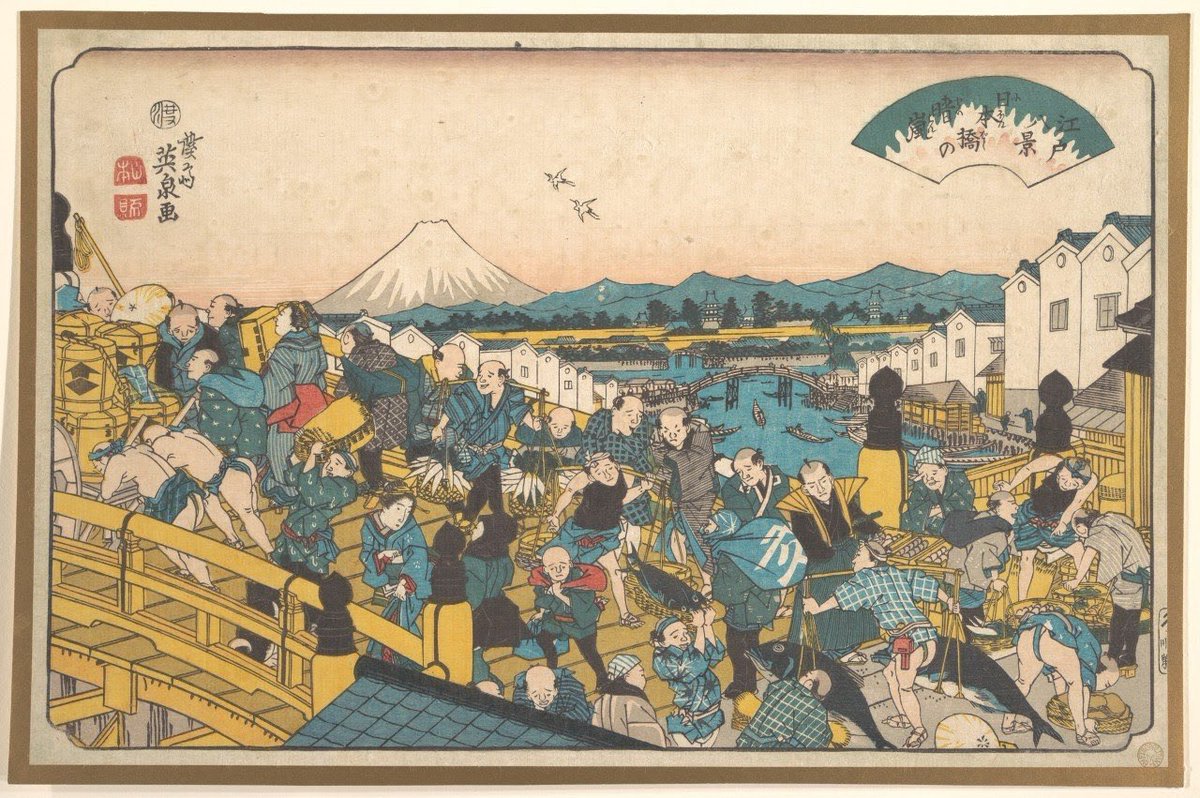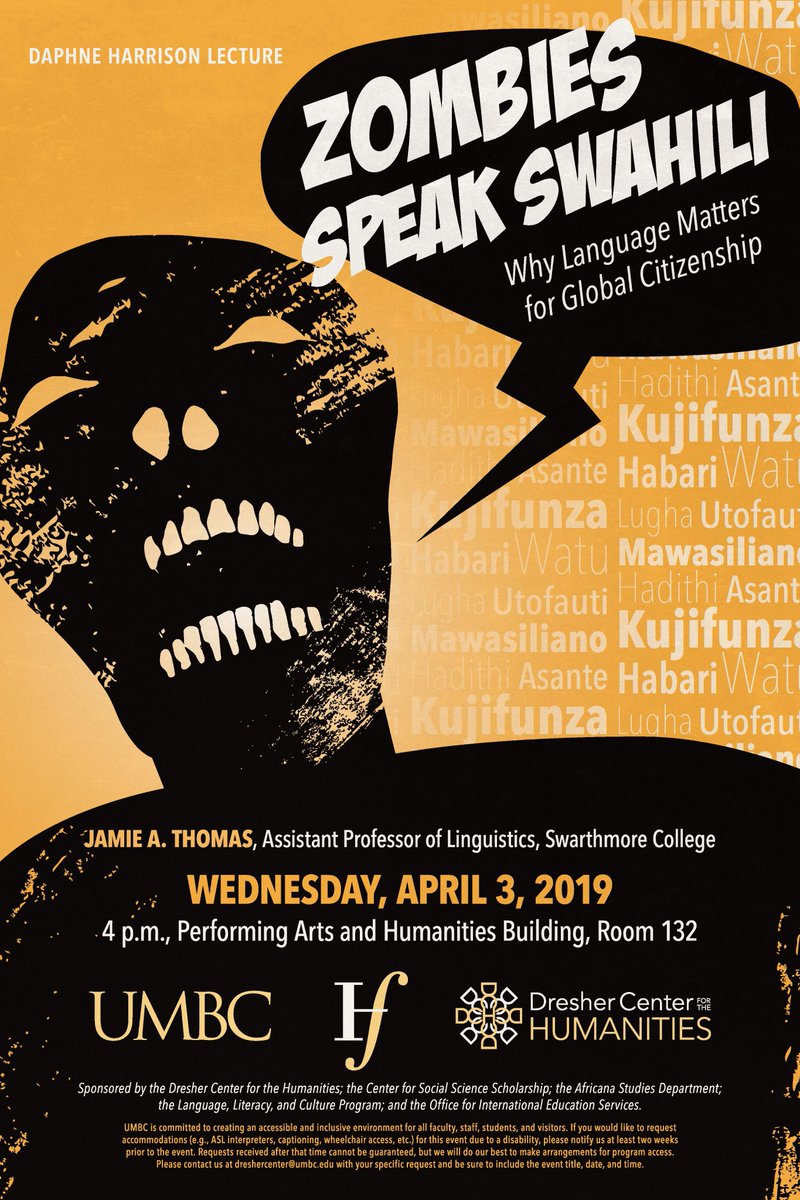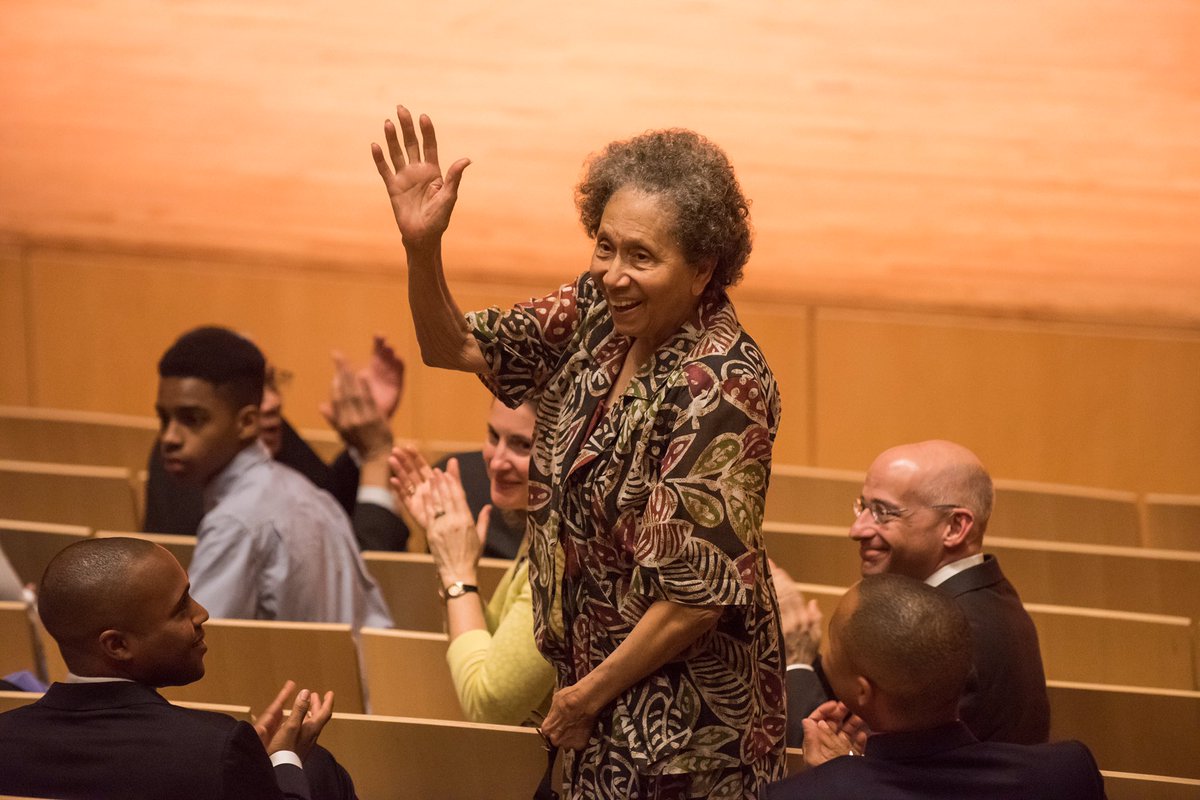
For today's #HumForum, @EmoryUniversity Professor of English and Bioethics, and #disabilitystudies scholar, Rosemarie Garland-Thomson will talk about building a world that includes #disability ow.ly/3bdV30ozYSN 
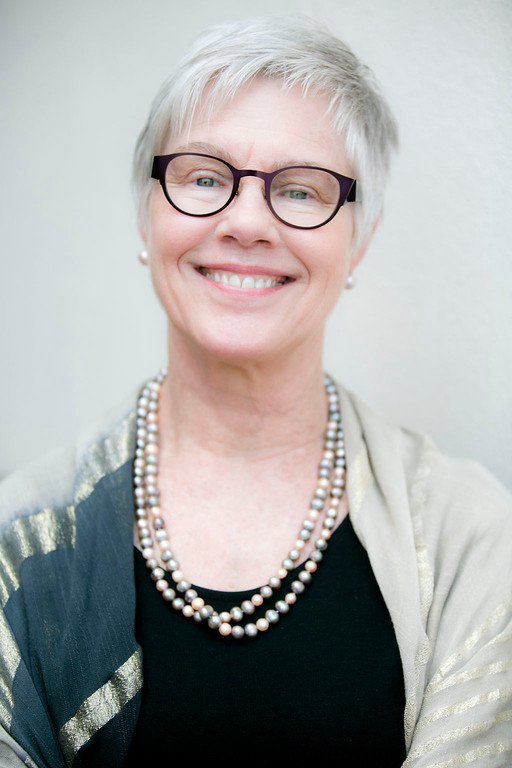
We are getting started in the @UMBCLibrary. Come join us!
If you want to gain an idea as to the work of Rosemarie Garland-Thomson, please read her @nytopinion piece, Becoming Disabled nytimes.com/2016/08/21/opi…
The central claim of critical disability studies is that disability is everywhere, once you know how to look for it.
RGT defines disability as a record written on the body of our encounters between flesh and the world - a cultural definition instead of the medical. 

Disability crosses all genre, media, time periods, aesthetic themes, and cultures.
Disability is something that is produced through interactions between the body and the world; things like war or technology.
The story of Oedipus the King is bookended by disability: we start with his broken foot which is what he is known for and we end with his self-blinding. 

We also see it reflected in literature through children: Little Eva in Uncle Tom’s Cabin and Tiny Tim in A Christmas Carol 

We also see it in popular culture, including stand-up comedy. Comedian Maysoon Zaid describes herself as a “sit down, stand-up comedian.”
The world of dance also features disability. Krip-Hop is a movement demonstrating alternate arrangements by which hip hop artists with disabilities can communicate through social media, including educators, journalists and conferences. kriphopnation.com
People like David Toole, a legless dancer, introduces new concepts of contemporary dance and forces a redefining of what dance is - thus moving the fiels forward. 

We also find disability in unintentional ways in art, particular modern and Cubist art. Assymetry or the violation of of bilateral symmetry is often associated with disability. 

Disability is also displayed in physical objects that may be medical devices. Although FDR avoided being seen in his wheelchair in public, heads of state often gifted him with canes. 

RGT is concluding with looking at ways in which inclusion of disability is being achieved. Tactiles watches for the blind or video calling are examples 



Changes in the physical environment, thanks to disability rights activists, have made it possible for more people to engage in the physical world. 

Accessible design has changed who we think we share our world with and indeed DO share our world with.
Disability access is access is for all. The presence of disability as a concept makes the world a better place for all of us to use.
What can an ethics of disability access inclusion do?
Access creates inclusion and diversity and it can strengthen support for disability culture, presence, and awareness across all civic institutions.
Ethical access can help to develop practices that implement diversity inclusion, diversity and justice and build inclusive environments for all human embodiments.
Access can shape environments to fit humans rather than shape humans to fit environments and shape environments to fit humans rather than shape humans to fit environments.
Finally, disability inclusion can change attitudes, increase access, build community, and cultivate leadership. folks.pillpack.com/inclusivity-im…
Many thanks to Dr. Garland-Thomson for her enlightening talk. If you want to learn more, please check out her books: “Extraordinary Bodies” and “Staring: How We Look.” 



@threadreaderapp unroll
• • •
Missing some Tweet in this thread? You can try to
force a refresh






